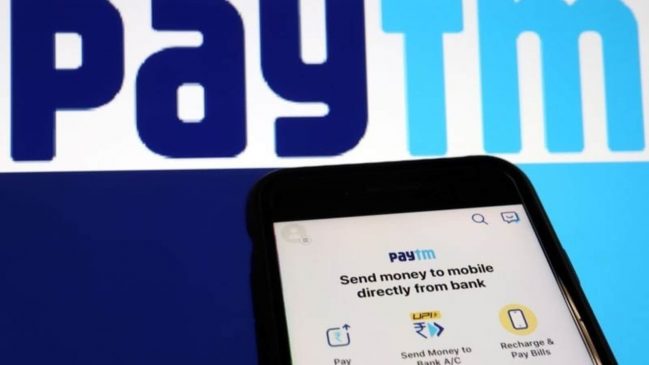In the days of yore, before the demonetisation drive disrupted everything, cash was king, especially in the transaction of everyday goods and services. But in its aftermath, digital payments through e-wallets and UPI became ubiquitous. Now, however, the Reserve Bank of India’s crackdown on Paytm disrupted things once again.
Read More: Alibaba Approves An Additional $25 Billion Share Buyback as Its Revenue Disappoints
Following persistent non-compliances, the central bank instructed Paytm to not take deposits, credit transactions or top-ups in any customer accounts, prepaid instruments, wallets, FASTags and National Common Mobility Cards (NCMC) after February 29. UPI through the app will also be non-functional after said date. Nevertheless, it allowed interest, cashback, or refunds to be credited anytime. This is not the first time that the RBI has taken action against Paytm. On March 11, 2022, the central bank directed Paytm Payments Bank Ltd to stop onboarding new customers with immediate effect and asked for a comprehensive audit of its IT systems.
How big is Paytm in the mobile wallet business?
Paytm is a giant when it comes to using digital wallets in India. Of the 143 crore PPI wallets in India by December 2023, 63 crore or 44 per cent of them are operated by the Paytm Payments Bank. With a 13 per cent market share or 19 crore wallets, PhonePe holds the second position. One Mobikwik, Ola Financial Services, and Airtel Payments Bank follow the list, RBI data shows.
Read More: Microsoft to provide AI skills to 2 million people in India by 2025: Satya Nadella
Paytm wins the race even in terms of transactions. Seventy-eight per cent of all funds transferred via wallets are from Paytm and 57 per cent of all goods and services purchased through wallets are also from Paytm.
The RBI’s composite Digital Payments Index (DPI) captures the extent of digitisation of payments across India. The RBI-DPI comprises five broad parameters: payment enablers, demand-side factors of payment infrastructure, supply-side factors of payment infrastructure, payment performance, and consumer centricity. From a base value of 100 in March 2018, the Digital Payments Index shot up to 418.77 by September 2023, the central bank said on January 31. The RBI-DPI is released only twice a year.
Retail payments worth Rs 659.1 lakh crore took place in 2022-23. Of that, Rs 550.1 lakh crore was through credit transfers, including IMPS, NEFT, and UPI, Rs 71.7 lakh crore was through paper-based instruments such as cheques, Rs 21.5 lakh crore was through credit or debit card payments, Rs 12.9 lakh crore was through debit transfers or direct debits, and Rs 2.9 lakh crore was through prepaid payment instruments such as wallets and cards.
Read More: India eyes $100 billion investment deal with Switzerland, Norway: Report
Meanwhile, the RBI’s step against Paytm made the street speculate that Jio Financial Services may take over Paytm’s wallet. However, the latter clarified that the news is speculative and there have been no negotiations in this regard.





































